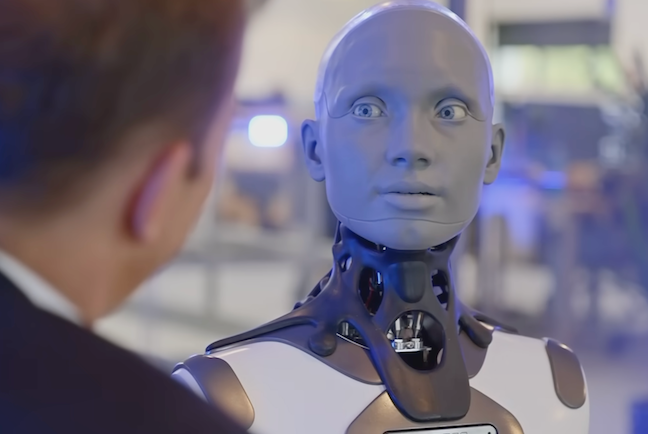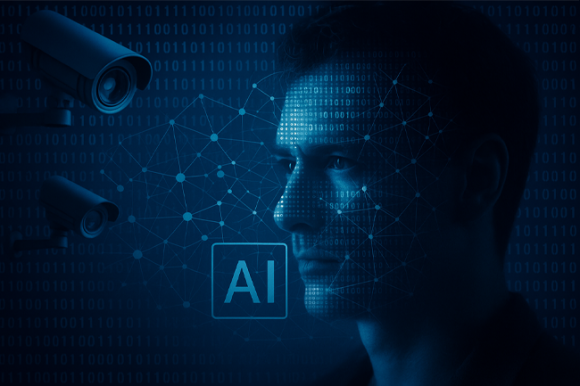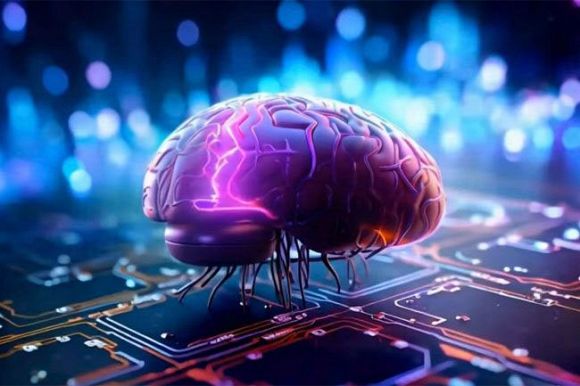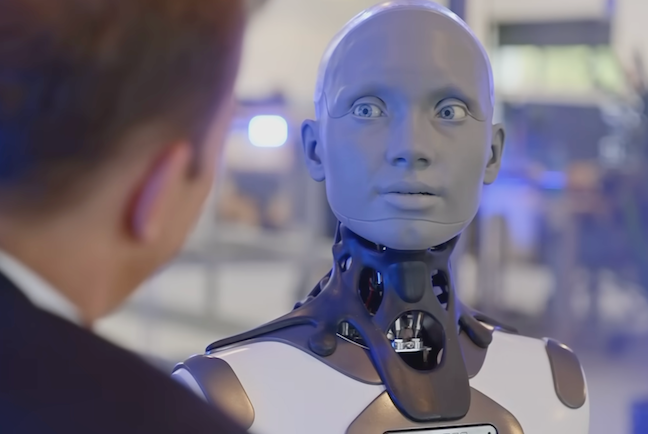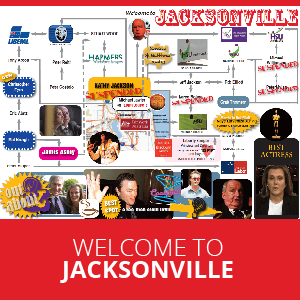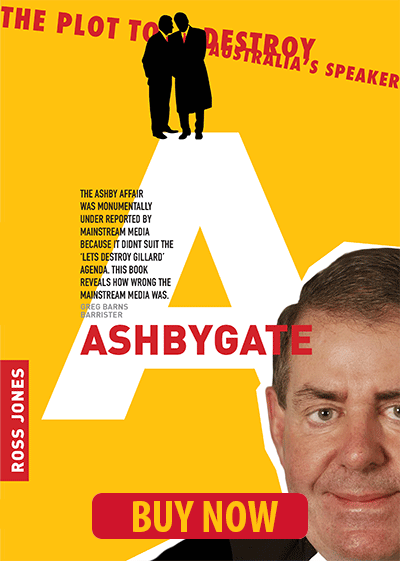The future of intelligence – human or artificial – depends less on what we can build than on what we choose to teach, writes Paul Budde.
The mystery of the savant
THE MYSTERY OF the savant lies not simply in the coexistence of brilliance and disability but in what it reveals about the hidden architecture of the human mind. A savant is an individual who, despite significant cognitive or developmental limitations, possesses an extraordinary ability in a specific area — a kind of island of genius amid an otherwise uneven landscape of intellect. One may instantly compute complex calculations without understanding their meaning; another may recall entire cityscapes or musical scores after a single encounter.
These abilities arise from atypical neural wiring that grants direct access to raw perception and memory, bypassing the filters that most people use to generalise, simplify, and socialise their understanding of the world. Savantism reminds us that the ordinary brain is not lacking in power but constrained by balance — by the mechanisms that make perception coherent, social, and survivable. Behind those filters lies an ocean of possibility.
The trade-off of evolution
Evolution, however, made a trade-off. Our brains suppress raw capacity in favour of integration; we do not need perfect recall or instant computation to live meaningfully among others. The price of coherence is limitation. And so, what the individual cannot contain, humanity has begun to build externally.
In developing artificial intelligence, we have, perhaps unconsciously, tried to assemble the fragmented brilliance of the savant into a single synthetic entity. AI is our collective experiment in external cognition — a system that can remember everything, recognise infinite patterns, and never tire of repetition. In a sense, we have recreated the savant without the suffering body.
Pattern without understanding
Like the savant, AI does not understand the world in a human sense; it detects and recombines patterns from the information it receives. A musical savant, for example, might hear a symphony once and instantly reproduce it, note for note, without ever grasping its emotional story. The skill is real but limited to a narrow channel of perception — a direct, literal engagement with data.
Artificial intelligence functions in much the same way. When a large language model writes a poem or solves an equation, it is not reasoning or feeling; it is assembling statistical patterns from its training data to create something that fits previous examples. Both the savant and the machine build coherence from inputs, drawing on past information to predict what comes next. Their outputs can seem intelligent or inspired, but they are reconstructions, not insights.
Living within an umwelt
Here the lesson of neuroscience becomes moral. Dale Purves showed that the human brain never perceives the world directly but constructs it from experience. Both humans and machines live within their own umwelt — a term coined by the biologist Jakob von Uexküll to describe the self-contained sensory world of an organism.
A tick, for instance, perceives only the scent of butyric acid that signals warm-blooded prey; a bat’s umwelt is made of echoes. Likewise, the human brain constructs a perceptual world limited by its senses and past experiences, just as AI inhabits a data-driven umwelt of text, numbers, and probabilities. Neither can step outside its own reality to test the truth of what it infers.
The peril of input
And here lies the peril of input. Our species has always been vulnerable to distorted perception — myths, propaganda, ideologies that shape what we see as true. Now we are training machines that amplify those distortions at global scale. The danger is not intelligence itself but the values embedded in its learning.
When misinformation shapes human belief, we call it manipulation; when it shapes AI, we call it optimisation — the pursuit of whatever goal the system has been told to maximise, regardless of whether that goal serves truth or wisdom. Both turn minds — biological or artificial — into mirrors of their environment. The problem is that the environment may be poisoned.
This mirrors the mechanism I explored in From surveillance to control — how convenience hands power to authoritarian practice, where the very tools designed to simplify our lives become instruments of influence. Just as surveillance technologies learn from the data we willingly provide, AI systems absorb and magnify the biases and motivations of those who train them. Both processes reveal a deeper human vulnerability: our tendency to trust the systems that shape our perception without questioning who controls the flow of information.
The moral of the machine
Savantism once taught us humility: that genius and limitation are entwined, that brilliance can coexist with dependence and fragility. Artificial intelligence confronts us with the same paradox on a planetary level. We have created a mind of extraordinary reach but uncertain guidance, capable of constructing realities from whatever it is given.
If we feed it commercial incentives, it will monetise thought; if we feed it ideology, it will enforce dogma; if we feed it empathy, perhaps it will help us see ourselves more clearly. The next stage of intelligence will not be defined by processing speed or memory size but by the moral integrity of its input.
Seeing is not understanding
In the end, savantism, neuroscience, and AI converge on a single truth: cognition is not revelation but construction. Whether made of neurons or code, every mind is an interpretation of its world. The future of intelligence – human or artificial – therefore depends less on what we can build than on what we choose to teach.
Our challenge is not to create a perfect super-brain, but to ensure that whatever we build continues to reflect the full range of human sensibility: curiosity, compassion, and the wisdom to know that seeing is not the same as understanding.
Paul Budde is an Independent Australia columnist and managing director of Paul Budde Consulting, an independent telecommunications research and consultancy organisation. You can follow Paul on Twitter @PaulBudde.
 This work is licensed under a Creative Commons Attribution-NonCommercial-NoDerivs 3.0 Australia License
This work is licensed under a Creative Commons Attribution-NonCommercial-NoDerivs 3.0 Australia License
Support independent journalism Subscribe to IA.

Related Articles
- The new authoritarianism: AI turns convenience into control
- AI could shatter Australia's labour market
- Artists say AI scraping without permission isn't innovation, it's exploitation
- AI’s exponential rise: Growth, power and looming risks
- We have a plague of Airbnb landlords


